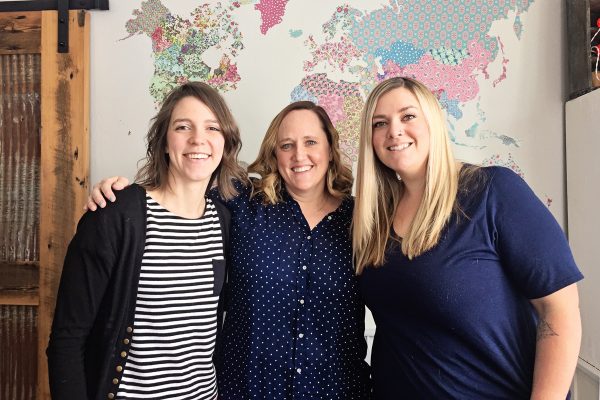
1. How did you decide beta thalassemia was a special need your family could manage?
Kate: Alissa’s daughter, Lily, was the first child who came home to our community with thalassemia (thal). I remember being at Alissa’s fundraiser and saying to my mother-in-law, “I just can’t imagine doing this — having to do transfusions every three weeks for life!” Little did I know that God had already planned this for our family, and I just wasn’t aware of it.
We followed closely as a couple more girls came home with this same special need. We knew God had called our family to adoption, but we just didn’t know much about thalassemia. After being made more aware of thal, and how well kiddos can actually thrive here, my husband had called Chelsea’s husband to chat about their adoption. By the end of their conversation my husband was certain that God was calling us to adopt a child with thalassemia!
Alissa: As Kate said, our daughter Lily was the first of several kiddos who are now living in our community with beta thalassemia. To be completely honest, my husband and I jumped into the adoption process thinking we would find a child with a special need that wouldn’t require “routine care”, but when I saw Lily’s picture something instantly stirred my heart and soul. I immediately forwarded her picture to my husband and we began the inquiry process.
We had never even heard of thalassemia and didn’t know if it would be treatable living in a rural community. I did a little legwork to make sure our community hospital would be willing and able to work with our family, and a week after seeing her photo we informed our agency we ready to submit our letter of intent.
Chelsea: We saw our daughter’s face with having absolutely no idea what thalassemia was… although I was a nurse. As God would have it – a good friend of mine had a friend (Alissa!) in our same little town who was about to travel to adopt her precious daughter with beta thal.
Alissa had already done all the footwork to determine what medical services would be like in our rural area. Essentially after being told that this baby, whom we had already fallen in love with, would need blood transfusions every three weeks, daily medication, and would have a chance to live and thrive…. we had absolute peace. We knew that this was our daughter. We really didn’t start to learn the details about beta thal until after we were matched to our Lucy.
2. What did you do to prepare for thalassemia in the months leading up to bringing your child home?
Kate: I researched, chatted with other adoptive parents that had kids with thal and asked Chelsea and Alissa a million questions. These two have paved the path for us to follow here in our small town.
I attended their girls’ transfusions, and went to their pediatrician and hematologist appointments prior to getting KyLynn. We consulted with our pediatrician, a hematologist, and the thalassemia center we were hoping to visit once a year.
Chelsea: We read a lot of articles, and I worked as a nurse in a pediatric clinic so I was able to talk to our pediatricians about what they knew about thal. I joined a Facebook group for Adoptive Thal parents and scoured every single post. I asked questions and read older posts. This group was truly where I learned the foundation of what our daughter’s care would look like.
I also had the joy of becoming close friends with Alissa and getting to walk with her through some of Lily’s first months home and hospital/doctors visits before our Lucy was even home. I even got to see the Children’s hospital that Lucy would eventually go to for her pediatric hematologist appointments which is four hours from our home.
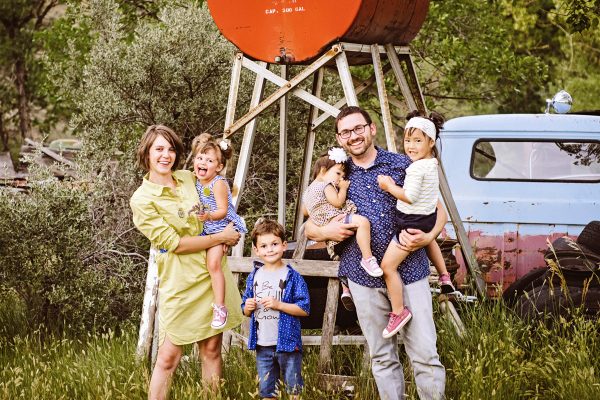
. What did the first few months look like after coming home?
Kate: When we arrived home we already had appointments set up for KyLynn’s port placement, an MRI to check iron levels in her heart and liver, and our first transfusion. With jet lag and getting sick right after we arrived home, I was exhausted, but within a few transfusions we felt we were in a good grove.
Our plan was to go to the children’s hospital every three months, and have our local pediatrician work with our hematologist to oversee our daughter’s transfusions. After a few months into this plan, our insurance denied our visits to the children’s hospital based on the fact that our local hospital had hired a pediatric hematologist.
We made a switch from our original plan, and are now able to do everything locally. Our hematologist works closely with Oakland Children’s Hospital, the thalassemia center we have chosen to visit once a year, and follows their standards for care.
Alissa: We have two girls with thalassemia who came home 15 months apart. Because Lily was the first of five children with thalassemia to come home to our small community, our first months with her looked very different than our first months with Ada (who was the third child to come home with thal).
I want to encourage anyone out there who will be introducing thalassemia as a new special need to your community hospital. Honestly, our first six months home with Lily were quite difficult. We learned so much after Lily came home, some of which was via “the hard way”.
Lily came home very sick. Before leaving for China, we set up a care plan with our local pediatrician and with the nearest children’s hospital. After we arrived home, we left the airport and headed directly to our pediatrician’s office. He recommended we get a little sleep and then head to see our hematologist first thing in the morning. Our hematologist worked at the children’s hospital that was a four hour drive away.
After arriving to the hospital, we immediately started “mini-transfusions” and got our girl stable. (Mini- transfusions are just like regular transfusions, but less blood is given over several transfusions in order to ensure your child’s responds well, since no one really knows their complete medical history.)
Our hematologist, at the time, did not check our daughter’s LIC (liver iron concentration) via an MRI. And because we did not know Lily’s LIC, she did not start chelation for almost seven months (this did not follow the Standards of Care agreed upon by the thal centers across the US). Our hematologist also told us it would be a mistake to give our daughter a port for her transfusions.
In hindsight, this made our lives very difficult. Lily’s veins, like many young children’s veins, were small and damaged. She could not be accessed at our local hospital for transfusions – we tried and it was the hardest day of my life.
Because we could not do local transfusions, we ended up traveling four hours for every transfusion for the duration of seven months. This became our new normal… we just did it.
Because of our naiveté to thalassemia, we put all of our trust into our hematologist. It took us six months to realize we needed to push for a change. Ultimately, we found a new hematologist. It was not a good relational fit, and our situation was just not working.
Here we are, two years later, with much more life-experience. Our girls both have ports, and we transfuse locally without complications every three weeks. It has been such an incredible blessing to work with our local pediatrician, hematologist (who we now only see once every three months at our nearest children’s hospital), and Dr. Lal from the Oakland Thal Center.
I feel like we have a beautiful setup with doctors who work very well together as a team, and who are passionate about our girls’ health and quality of life. It did take some time to get to this point, so don’t be discouraged if you feel overwhelmed at first. You will get there!
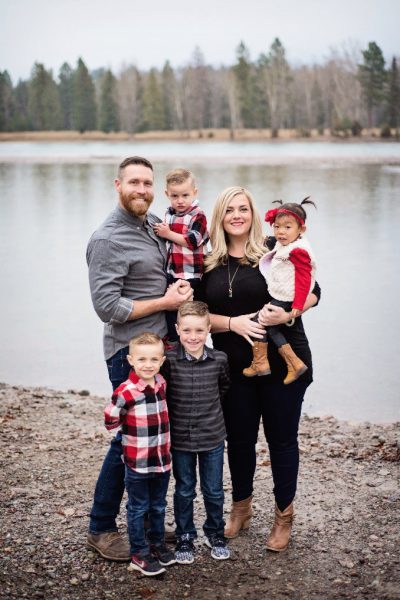
4. What are some things that made your transition home easier?
Alissa: We do not live close to family, so having a village of amazing friends who are willing and able to help us has been amazing. We have four children and often need help with childcare on transfusion days.
Chelsea: Having both a real life and online support group of adoptive mommas and thalassemia parents has been invaluable. We also were surrounded by so many caring friends and family who helped us through those first months home.
5. Describe what it’s like to live in a small town with friends whose children also have thalassemia?
Alissa: Our internet world of Thal Thug parents has been amazing. I honestly didn’t know social media could be such a useful and impactful tool until we started the adoption process. However, having friends in our actual-living-breathing-physical world who understand life with thalassemia has been one of the biggest blessings of my life! Sometimes I cannot even believe God’s goodness! I love that my girls are growing up with friends who personally understand their special need.
Chelsea: It is a true gift to have five of these amazing girls growing up together. Kate, Alissa, and I have a continuous group chat going on. We visit each other during transfusions and ER visits (for every fever because it is protocol because our girls have implanted portacaths, not all transfused kiddos need to get a port but it is what works for us). We truly do life together.
It is so comforting to have mommas who truly understand our struggles and our fears, and who have the same goals regarding researching the absolute best care for this condition. We have each other’s backs and celebrate the wins and pray through the hard things.
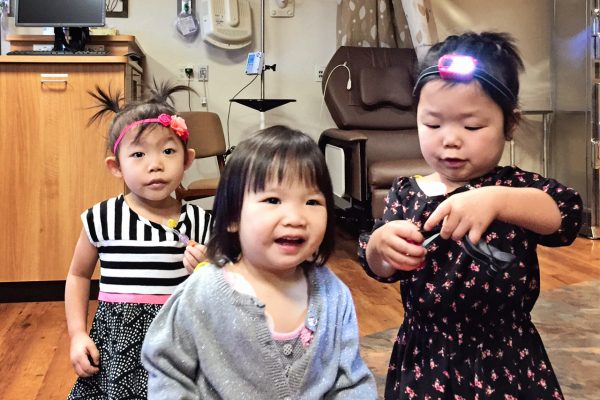
6. What does your typical transfusion day look like?
Kate: We have been doing blood draw and labs one day prior to our transfusion day. This typically allows us to access KyLynn’s port and start her blood within an hour of her transfusion appointment. Her blood drips over a three-hour period. During our transfusion our hematologist comes in to go over labs and do a quick check up.
We have actually come to love transfusion days. It’s a day to slow down and to enjoy time with KyLynn — a day that we intentionally play and cuddle. We bring a bag full of coloring, toys, play dough, and snacks. It tends to be a 4-5 hour day if we get blood drawn the day before and about 7-8 hour day if we draw blood to the day of transfusion.
Alissa: Our transfusion day looks very similar to Kate and KyLynn’s day. We too draw labs the night before in order to shorten our transfusion day, but our girls labs are drawn through their port after they eat dinner. They go home and sleep with their ports accessed, and go to see our pediatrician before we head to our infusion room.
Because our hematologist is four hours away, our local pediatrician is in charge of assessing the girls and ordering their blood. We have transfused in the hospital and in two different infusion areas. Due to our family’s schedule we are currently transfusing at an adult infusion bay area.
Being in an adult setting made me nervous at first, but the girls have been doing fabulous, and our nurses there are top notch. The only downside is that we are not allowed to bring non-thal siblings due to safety risks to other patients. For a long time, we always transfused in a private room with all four of my children present (at the time the kids were two to five years old). I miss this time of unity, seeing siblings cheer on siblings. However, being flexible has been important for our entire family.
7. How do your children typically respond to their medical treatment and time in the hospital? Do they have any fears?
Kate: When we first got home KyLynn was very medically traumatized. From what we know about her care while in China, she was confined to a crib for a month during all of her transfusions. She quickly learned that mama and daddy would always be with her, and she started to be much more comfortable.
We decided to get her a port, and we feel this has made things much less traumatic during each transfusion. She is by far the bravest child I have ever seen! Now, she doesn’t even cry when being poked, and she is proud of her port.
Alissa: Both of our girls came home with invisible badges of bravery and have no fear when they go to the doctor.
Chelsea: They are amazing. Our Lucy had some extreme medical anxiety for her first several months home but she has come so far. Having her port accessed is still a major issue for her, but we are making huge strides every time.
We have the most amazing doctors and nurses that make an effort to really know our kiddos and connect with them. For the most part, the girls love their transfusion days. Doctors visits have become a very normal part of their lives. We are spoiled with friends and family who really help us make those long days fun and special.
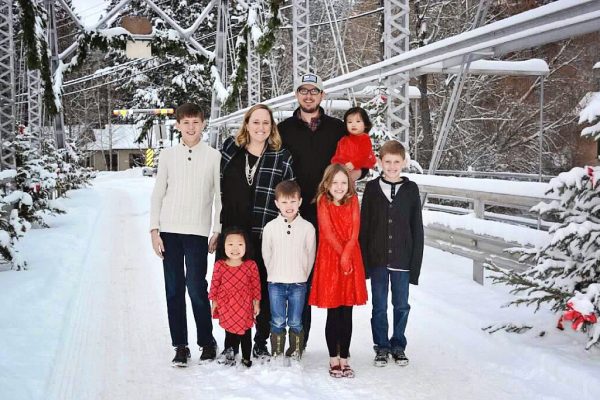
8. What has been easier that you thought it would be?
Kate: I thought that we would spend lots of time dealing with caring for our daughter’s thalassemia but it’s our new normal now. It is very manageable and doesn’t really take much time.
Chelsea: I anticipated transfusion days being so much harder than they are. The girls truly enjoy being at the clinic with new toys, coloring books, and fun snacks. It isn’t the struggle I imagined it to be.
9. What has been your biggest challenge?
Kate: For us, our biggest challenge has been going to the ER for every fever. Because KyLynn has a port, we need to go to the ER with any fever over 100.5 and this winter has been full of sickness amongst my kiddos (not all transfused kiddos need to get a port, but it is what works for us).
Alissa: Our biggest challenge was just trying to find a groove during our first few months home with Lily. We – along with our healthcare team, were all learning together about what would be the best course of treatment.
Looking back two years later I think, “Wow, how did we do all that?” The answer. Jesus. Jesus never leads you to something that you cannot handle. His plan is never to watch you and your family fall on your faces and never get back up. Days and months can be difficult and challenging, but trust the nudge from Jesus. He fills in all the gaps.
Chelsea: I think like any part of parenting there are times when you are just weary and get hit with a difficulty like an ER visit that is so inconvenient and really difficult for my girls. Those times are hard but God is so good. Perspective is so, so important.
Our medical care in this country is so incredibly amazing and all five girls experienced weeklong plus hospital stays in China every time they needed blood. Even our hardest days here are most likely so much easier on them than it was for them in China.
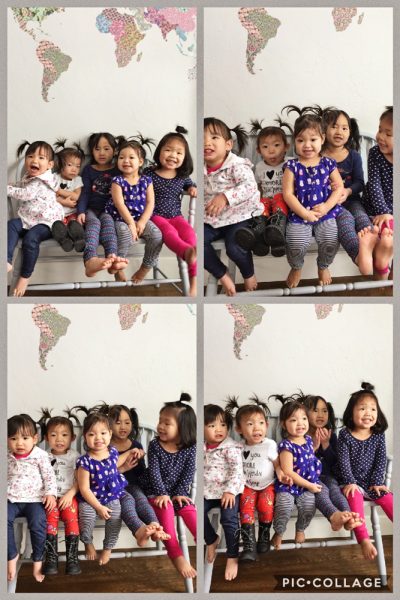
10. How has thalassemia impacted your family?
Alissa: Thalassemia truly has not impacted our family that much. It really is just a new routine to settle into. My sister has Type 1 Diabetes. I grew up watching her daily routine and seeing her go to her specialty doctor appointments every so often. Obviously thalassemia is a different special need, but it feels very similar.
Our girls take medication once per day, get blood once every three weeks, and have a few more medical appointments than our non-thal children. Other than that, life truly feels exactly the same.
Chelsea: Our world has become larger and so much better because of adoption. Thalassemia has helped our bio kids develop a deeper level of compassion and has allowed another avenue for them to watch God move in their home and the lives of their siblings.
Thalassemia just happens to be my two daughters’ medical diagnosis, but it doesn’t define them. We all have such a deep peace that God will use this in their lives in a powerful way.
Thank you so much for taking the time to learn more about thalassemia! You can read more on this special need here and here.
Please free to contact any of us – Kate, Chelsea or Alissa – with any questions or to join the Thalassemia Adoption FB Group.

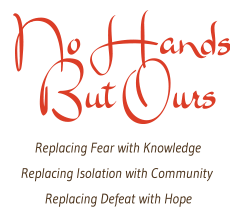

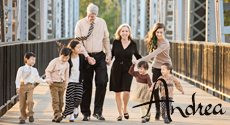

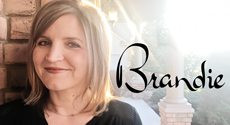

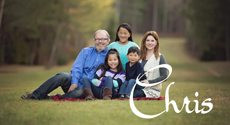
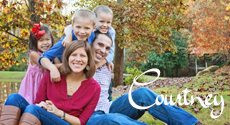
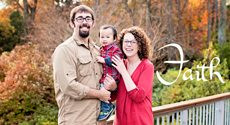
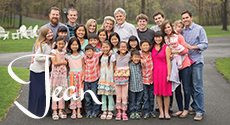
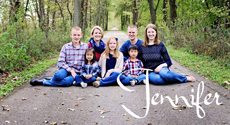

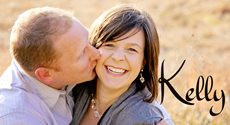
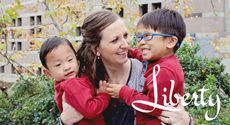
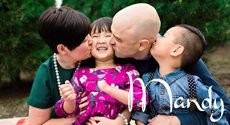
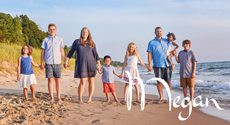
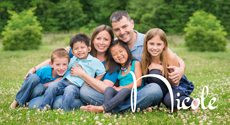


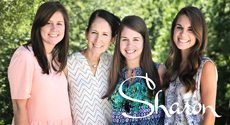

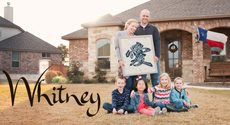


What a beautifully written article ladies- both educational and compassionate! I was so so touched/impressed hearing from each one of you. Although it was all information I am familiar with (Chelsea’s mama)- my eyes were opened wider, my heart filled with an even greater admiration & love and seriously so grateful you all responded to this calling and have made our world- our community and our families bigger and better! ❤️ each one of you. What these five girls don’t know yet is they absolutely hit the lottery being matched with your beautiful, Godly families. I can’t wait to hear them tell their stories. So excited to watch them grow up with physical and spiritual health- a veritable honor!
You “Thal Thugs of Montana” are awesome!
If any of you make it to the Cooley’s Anemia Conference, be sure to reach out to me. I would love to know how you do it.
Peace, Lance Sevier
My husband and I have had an LID since June and are considering adding some more special needs to our list. I enjoyed reading your post, but have some more questions about having a child with thalassemia. Would you like me to post my questions to you on here or do you have another e-mail address I could send them to? Thanks so much!